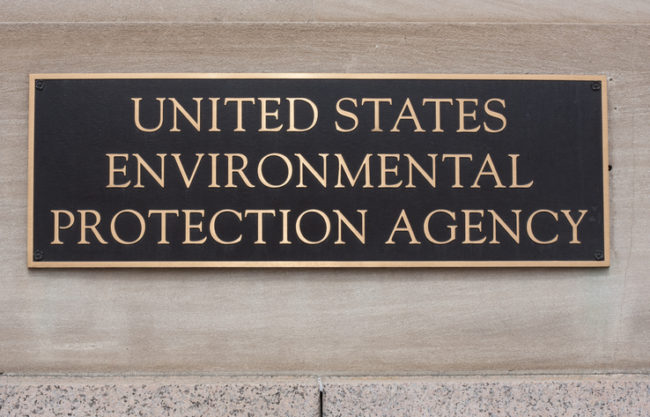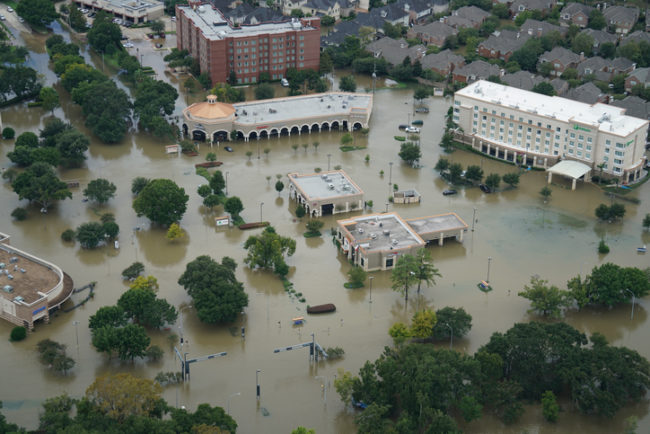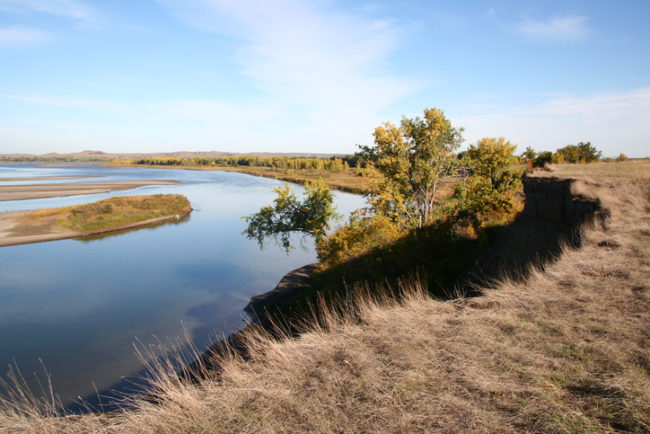Last week, the U.S. Environmental Protection Agency reached a unique settlement with Heritage Environmental Services LLC over multiple hazardous waste violations issued in 2012 during an inspection of Heritage’s Indianapolis waste disposal facility.
As part of the settlement, in addition to improving its waste handling procedures and paying a $77,385 civil penalty, Heritage agreed to install energy efficient, PCB-free lighting and new drinking water fountains with lead-filtering systems at the Carrie Gosch Pre-K Early Learning Center and the Joseph L. Block Middle School in East …
Continue Reading









